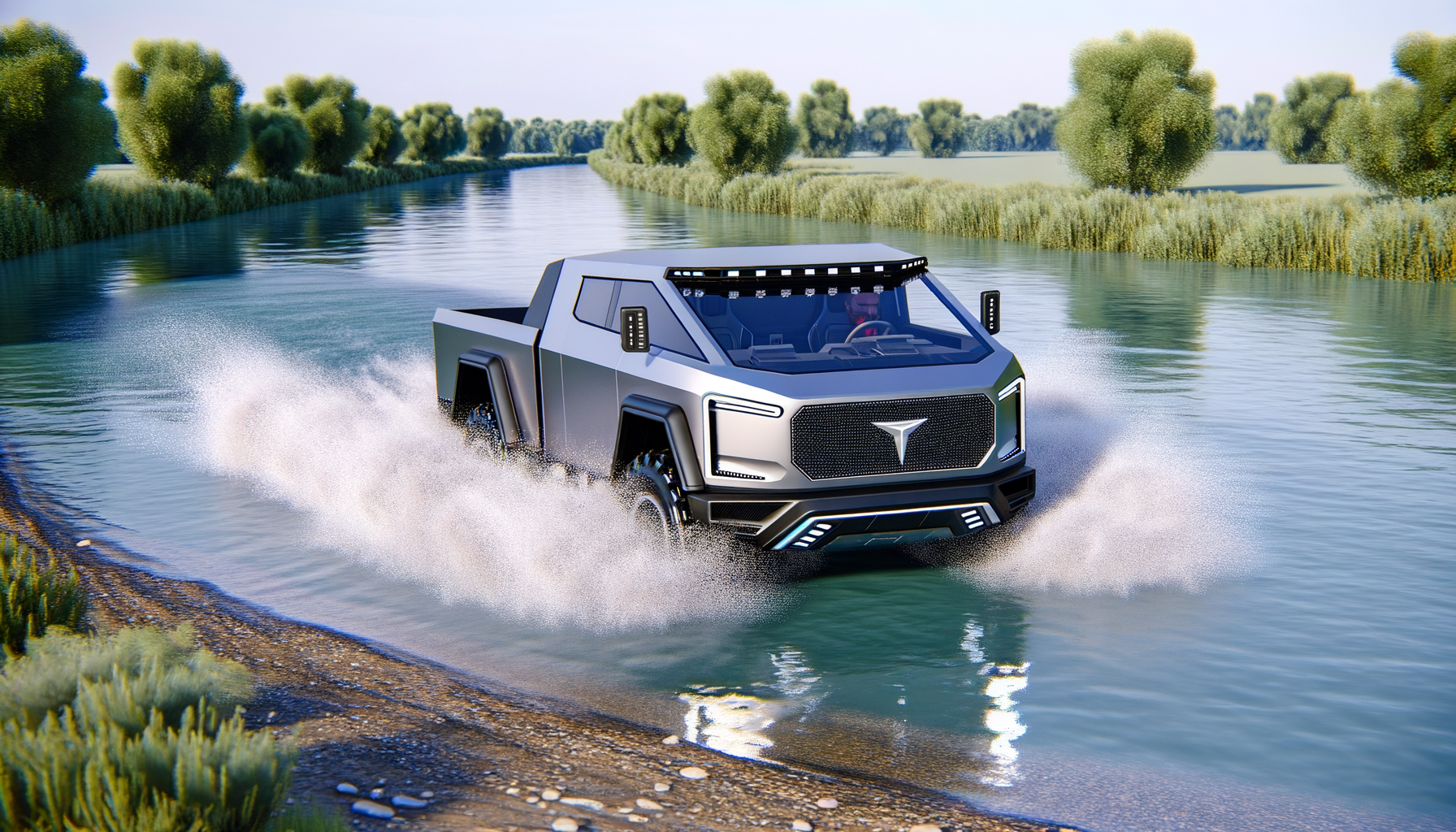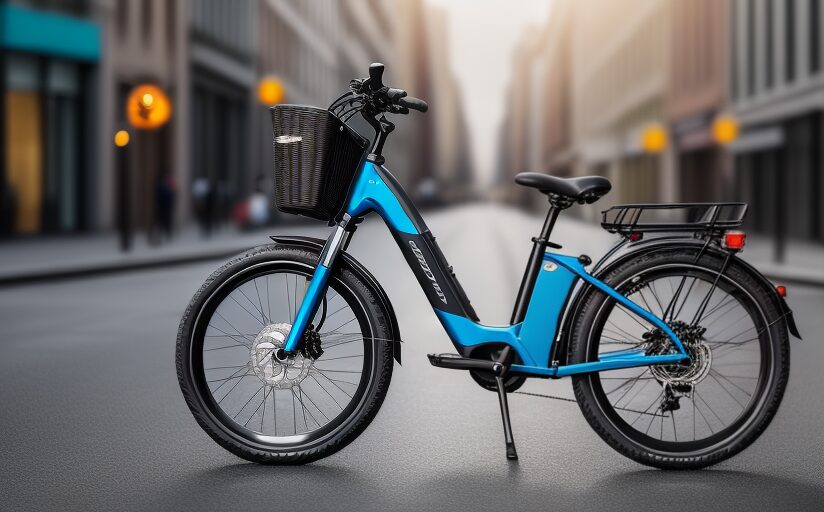
Real-World Test of Tesla Cybertruck’s Wade Mode
A Tesla Cybertruck owner recently undertook one of the initial real-world tests by driving the electric pickup through water using the vehicle’s Wade Mode. A cautionary note: such activities are not covered by the vehicle’s warranty. Elon Musk has previously suggested that Tesla vehicles could float and even be used as boats for short periods, despite the warranty’s contrary advice. Musk has reinforced this idea specifically for the Cybertruck, noting its off-road capabilities. Last year, Musk stated that the Cybertruck would be “waterproof enough” to cross bodies of water, including rivers, lakes, and calm seas.
Musk further mentioned that the Cybertruck should be able to traverse the water separating SpaceX’s Starbase from South Padre Island in Texas, a distance of approximately 360 meters (1,100 feet). The Cybertruck’s increased credibility in water is due to Tesla’s development of a ‘wade mode’ for the truck, which elevates the ride height to the maximum and pressurizes the battery pack.
Recently, an individual tested this feature in the real world. They quickly bypassed the warning that appears when activating the off-road mode, which is a critical point to communicate when discussing the Cybertruck’s water capabilities. Tesla explicitly states that damage incurred while off-roading is not covered under warranty. Since activating the wade mode requires using the off-road mode, owners implicitly acknowledge the risk of damage without warranty coverage.
There is also a warning upon activating the wade mode, indicating that pressurizing the battery pack can take up to 10 minutes and the effect lasts for 30 minutes. Despite Tesla’s recommendation not to exceed water depths of 2 feet 7 inches and to proceed at one’s own risk, the Cybertruck handled the initial test in about a foot of water with ease. However, subsequent tests in higher water, driven at high speeds, resulted in some damage. Two plastic body parts became detached, though they were later reattached, and the owner noted that the tailgate and tonneau cover controls were not functioning post-test.
Important Safety Consideration: A top commenter, Benny, who received support from 9 people, highlighted that driving any vehicle in water is risky due to the inability to see underwater hazards such as sinkholes, debris, and fire hydrants. Furthermore, submerging a vehicle in salt water can lead to extensive corrosion.
Note: The article includes affiliate links which may generate income.

